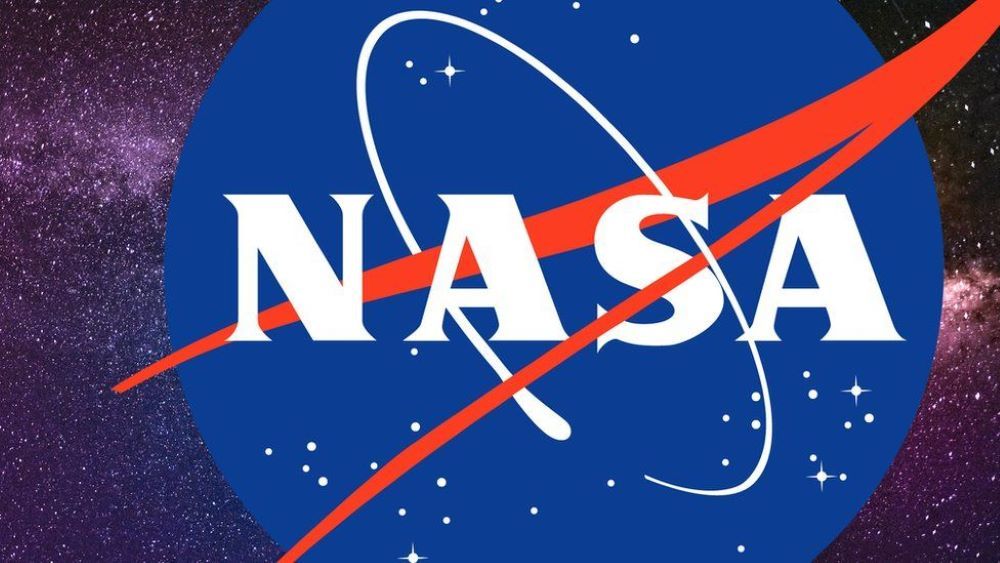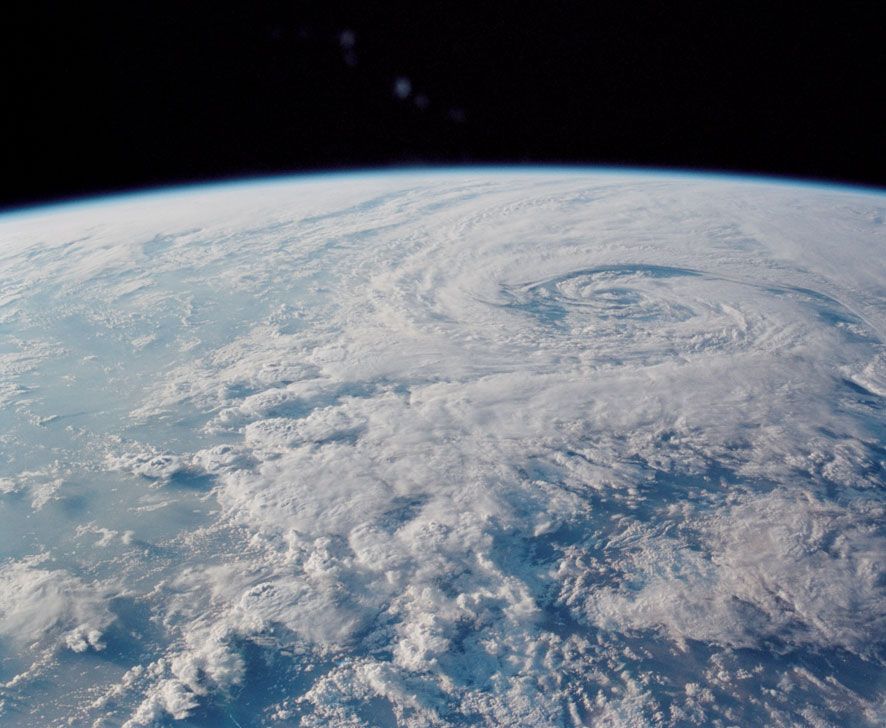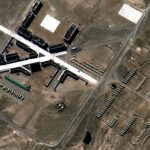Colorado to play key role in NASA study on tropical storms

Colorado will play a key role in NASA’s $300 million Investigation of convective updrafts, part of a mission to investigate and understand why tropical storms form and why some produce extreme weather.
NASA has selected a variety of companies to conduct the investigation. The principal investigator for the mission is Susan van den Heever at Colorado State University in Fort Collins. Key satellite system components will be provided by Blue Canyon Technologies in Lafayette and Tendeg LLC in Louisville.
“The INCUS mission, comprised of three SmallSats flying in tight coordination, will investigate the evolution of the vertical transport of air and water by convective storms,” according to a news release. “These storms form when rapidly rising water vapor and air create towering clouds capable of producing rain, hail and lightning. The more air and water that rise, the greater the risk of extreme weather. Convective storms are a primary source of precipitation and cause of the most severe weather on Earth.
SPONSORED CONTENT
“Each satellite will have a high-frequency precipitation radar that observes rapid changes in convective cloud depth and intensities,” the release stated. “One of the three satellites also will carry a microwave radiometer to provide the spatial content of the larger-scale weather observed by the radars. By flying so closely together, the satellites will use the slight differences in when they make observations to apply a novel time-differencing approach to estimate the vertical transport of convective mass.”
Firefly Aerospace Inc. of Cedar Park, Texas, will provide the launch service for the mission, dubbed INCUS. The mission will launch on the company’s Alpha rocket from NASA’s Wallops Flight Facility in Virginia.The selection is part of NASA’s Venture-Class Acquisition of Dedicated and Rideshare (VADR) launch services contract, the release stated. This contract allows the agency to make fixed-price indefinite-delivery/indefinite-quantity awards during VADR’s five-year ordering period, with a maximum total value of $300 million across all contracts, the release stated.
Colorado will play a key role in NASA’s $300 million Investigation of convective updrafts, part of a mission to investigate and understand why tropical storms form and why some produce extreme weather.




